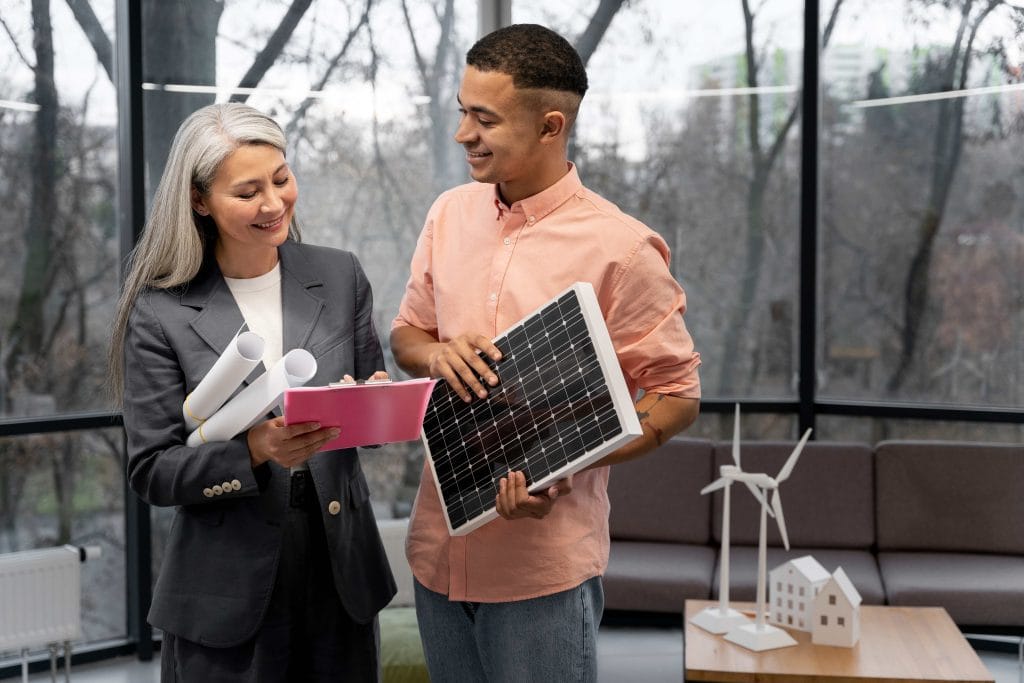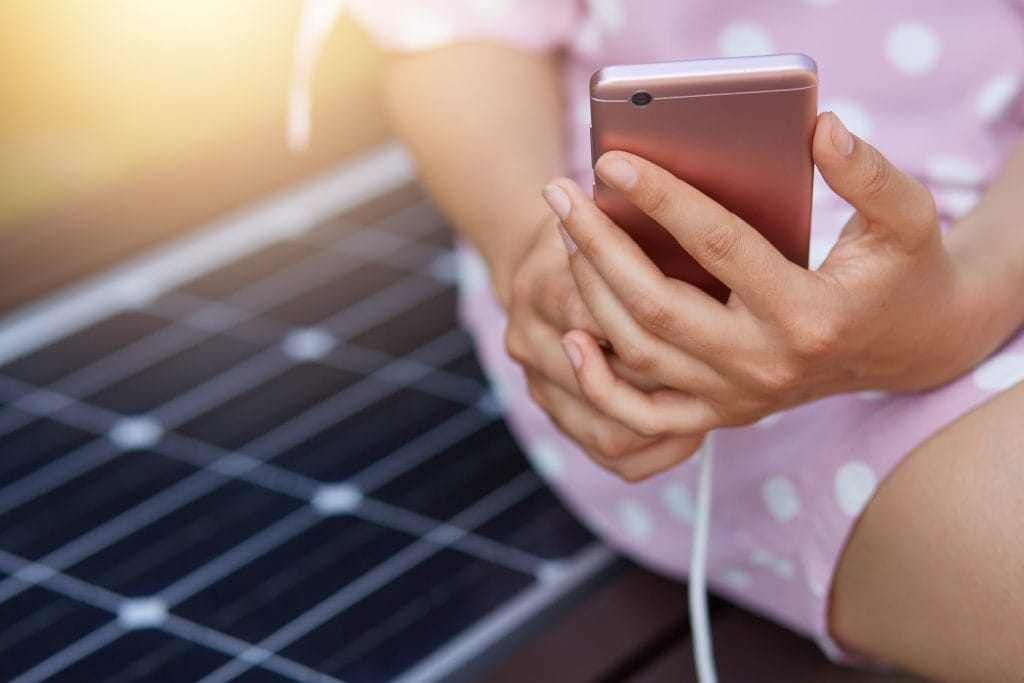Harnessing Solar Power: A Case Study of Bisleri International’s 420 kW Installation in Devanahalli, Karnataka
In times where sustainability is no longer an option, Bisleri International has made a huge leap in harnessing solar power with the installation of a 420 kW Solar Power System at its Devanahalli Plant. This initiative stands as a flagship for “Bisleri’ s Greener Promise” reflecting the company’s commitment towards sustainable initiatives. The project reflects Bisleri’s ambitious goal of sourcing a significant portion of its energy from renewables. Read the case study to know how solar panel installation supports operational efficiency, cost-effectiveness, and meeting environmental responsibility. Project Overview and Scope Solar energy in FMCG manufacturing expands the efficient implementation of renewable energy. Bisleri’s plan to deploy solar across six plants, with a total of 13.6 MW of energy, included a 420kW installation at the Devanahalli site. Redington, through its channel partner, assisted with the installation of rooftop solar panels marking the use of smarter, cleaner energy solutions for manufacturing. This initiative successfully cut down large tons of carbon emissions, advancing the environmental goals of Bisleri. Installation Challenges Turning a manufacturing plant into a solar-powered function comes with its own set of bottlenecks. The implementation of the 420kW solar power system at Devanahalli saw numerous practical challenges. Here are a few key challenges encountered during the execution of the process: Site Logistics – Need for precise structural assessment to ensure how capable the rooftop is to support the additional load of solar panel installation. The work involved optimizing panel placement for maximum sunlight exposure. Careful planning was integral to aligning local electricity infrastructure to manage grid interconnection. Regulator & Local Factors – The process first involved navigating and understanding Karnataka’s solar policy framework. From securing timely approvals from BESSCOM to designing weather-resistant panels that adapt to monsoon, a trail of factors had to be worked out. Operational Coordination – Redington Solar played a crucial role as an operational mediator between Bisleri’s plant and channel partners. From coordinating with the installation team and ensuring minimal manufacturing disruption to maintaining safe workflow continuity, the implementation phase addressed numerous hurdles. Environmental and Economic Benefits Bisleri’s “Greener Promise” works on protecting the environment by focusing on a few key areas. This increases long-term goals like water stewardship aiming to increase water security, climate protection using renewable energy, and sustainable packaging. Shifting to solar plants reduces the non-renewal energy consumption. The initiative of adding solar panels to the factors generates power with zero carbon emissions. It addresses climate change and with solar-powered plants across multiple locations, Bisleri looks at reducing carbon footprint by 10% in 2025. Devanahalli plant’s solar-powered operation supports its overall 33% green energy plan. Not only is Bisleri championing as a green warrior with these changes, but it has significantly lowered operational costs. Solar energy has effectively reduced electricity bills and added stability to operating expenses. With improved ESG credentials, Bisleri has adhered to strengthening brand value and compliance. Redington Solar in collaboration with its channel partners has successfully installed 420kW solar panels in Bisleri’s Devanahalli plant in Karnataka. Be an environmental crusader and get in touch with Redington for solar energy consultation and panel installation.













